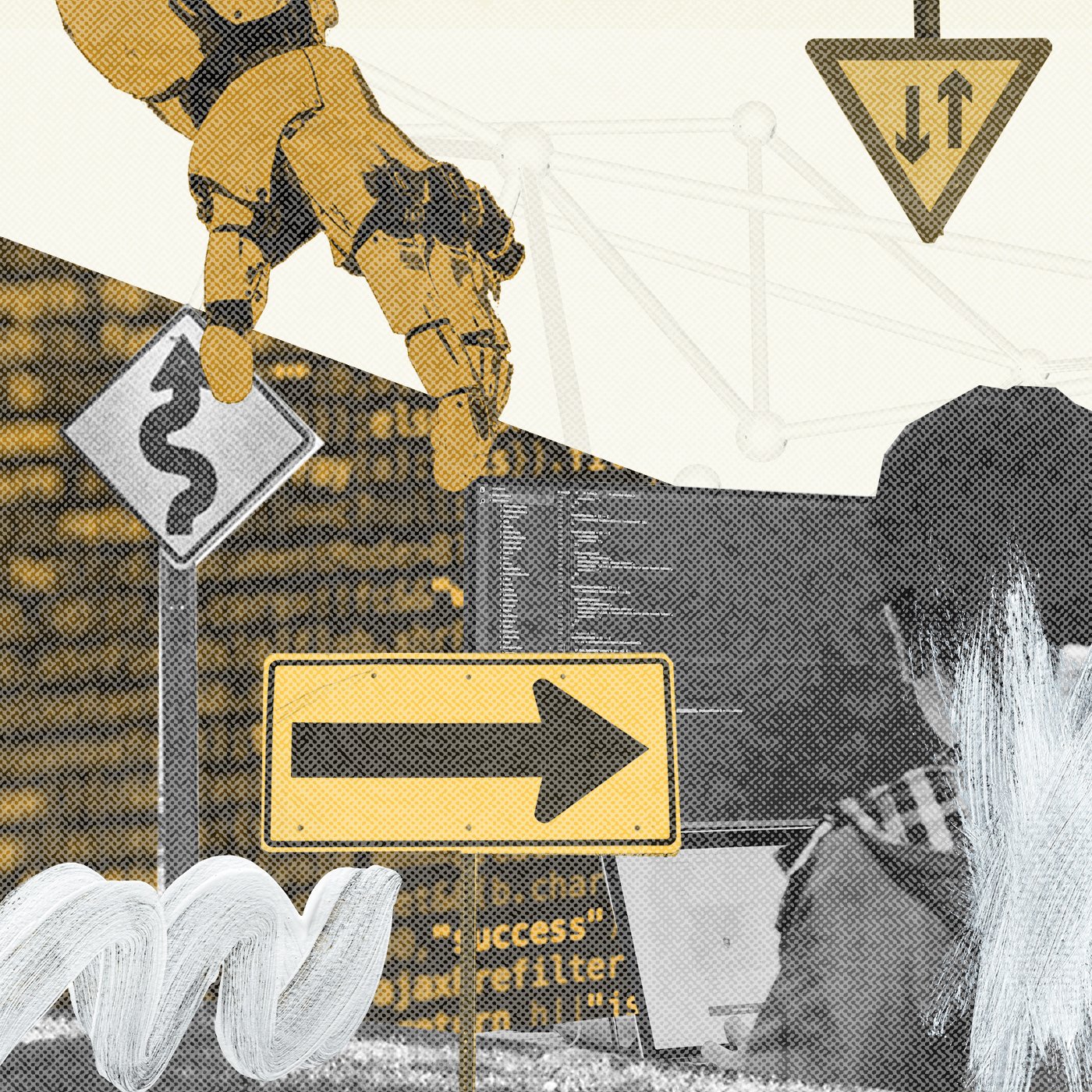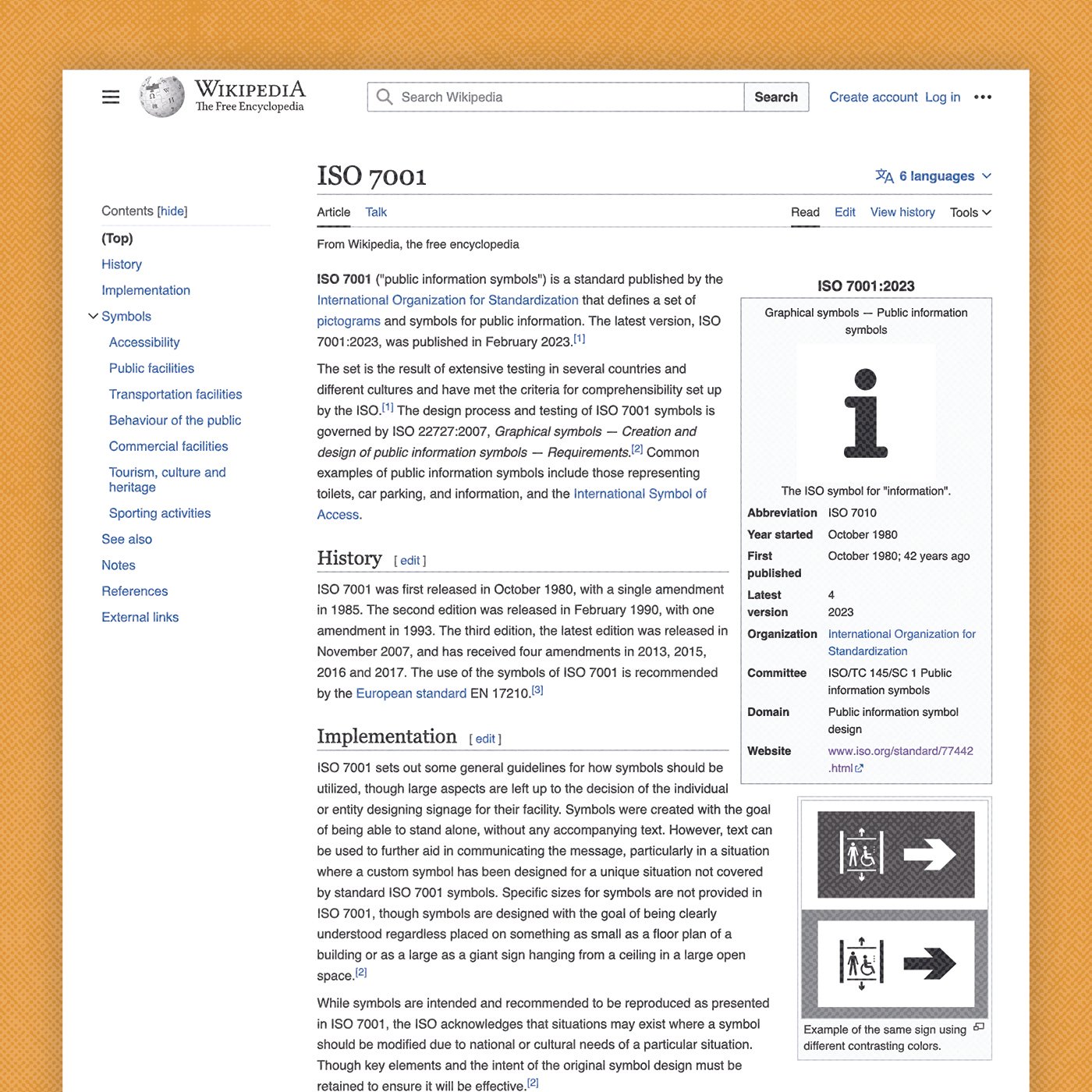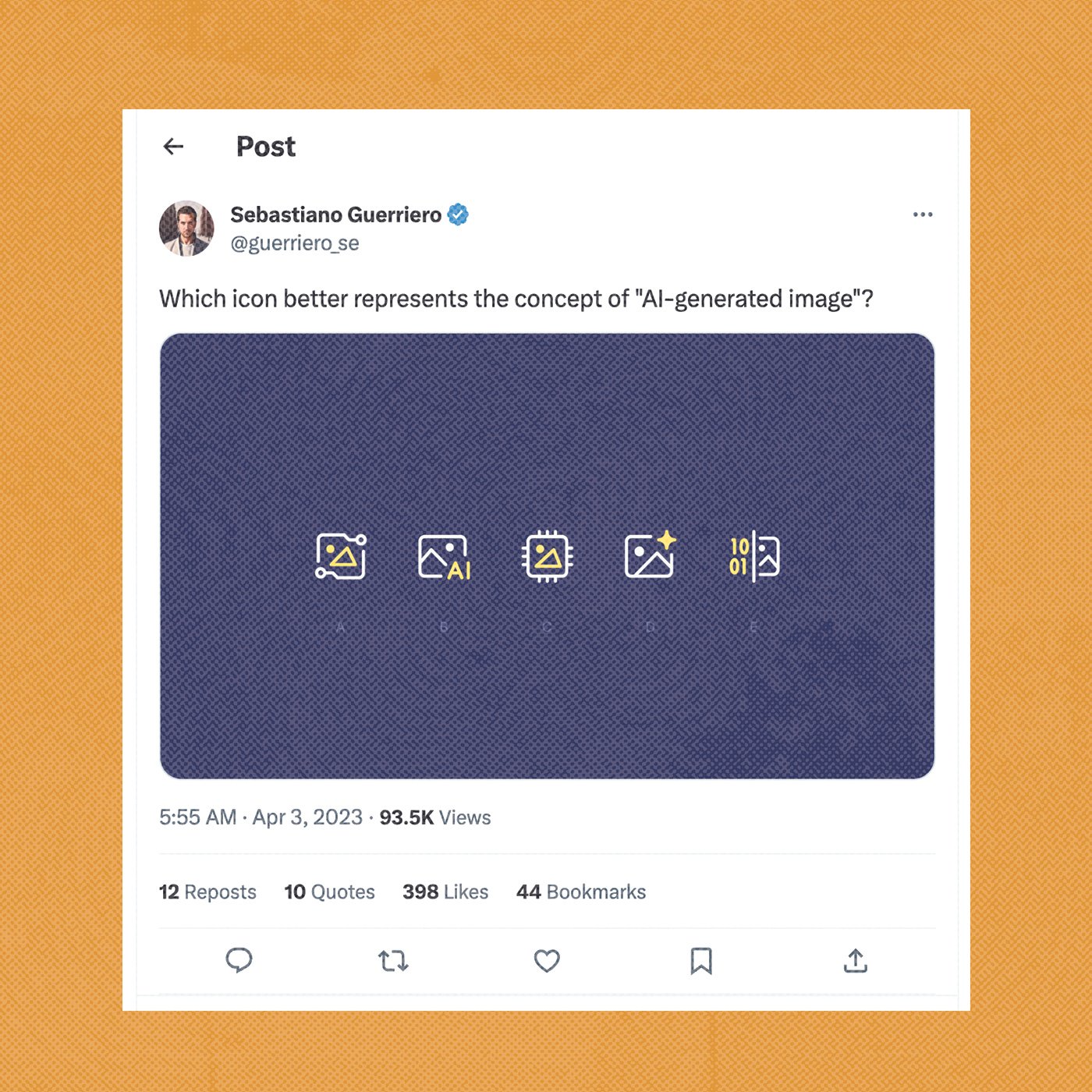No matter how much technology evolves, there’s a throughline tying together every digital tool we use: symbolic language. From Egyptian hieroglyphics to hazardous waste symbols to the world-famous save button, we always have – and likely always will – rely on standardized symbols that readers of every language and level can understand.
Now that generative AI is in the hands of the global public, we’re already seeing users and developers gravitate toward symbols on their own, usually with some sort of sparkle emoji.
Has the time come for AI leaders to huddle together to agree on a standardized icon representing the tool?
To answer this question and see what the future of AI-generalized representation might look like, let’s take a look at the background behind icon standardization, emerging AI icons, and what type of icon could be effective moving forward.
How and Why Icons are Standardized
Of the many standardized symbols in the world, you’re likely most familiar with those of ISO 7001. Developed by the International Organization for Standardization (ISO) in 1980 and updated with new editions and amendments as needed, ISO 7001 features what’s known as “public information symbols.” When the ISO creates these icons, they also provide strict parameters for the size, line thickness, and shape of each element.
From toilets to smoking areas, escalators to airports, these pictograms are a routine part of public life worldwide.
The reason these icons work so well is simple: they’re the results of robust research and testing in different cultures around the globe. And though ISO 7001 is focused on basic functions and general information, an array of other indexes exist to fulfill other purposes like safety concerns and industry-specific communication.
As a result of these specific and universally applicable symbols, product developers can worry less about language barriers, individual people can glean information faster, shared spaces are easier to navigate, and essential tools are simpler to use.
Emerging AI Icons
In the wide world of technology, a few icons appear across virtually every tool. The save button, the cloud button, the refresh button, and the attachment button are all successful symbols that we see on different applications, and they all call back to the physical form of their function – the floppy disk, the literal cloud, the circular arrow, and the paperclip.
So, what’s AI’s equivalent symbol? With AI lacking a physical form, this is where it gets tricky.
In the few short months since generative AI has begun to pop up in everyday applications, perhaps the most common icon so far has been the sparkle emoji. With AI’s marketability being its magic-like results, this symbol makes sense on a surface level – but does it truly make sense in a technology setting?
A few other icons have been tossed around by curious minds online, but so far, nothing seems to have more sway in the public eye than the sparkles.
Potential Icons and Top Recommendations
Considering how prevalent AI already is, and how much more important it’s projected to become, it’s clear that some sort of standardized symbol would make life easier for developers, users, and regulators alike. This inevitability begs the question: what icon would most effectively communicate AI’s usage across a diverse array of applications?
Sure, we have sparkles gaining momentum already, but they seem to take users out of the computer realm. In our view, they focus perhaps a bit too much on marketability and not enough on technology.
To balance out the innocent feel of the sparkle symbol, here’s a hot take as food for thought: perhaps the standardized AI symbol should be more similar to a hazard warning icon. ISO 7010, the symbolic category denoting emergencies, has plenty of graphics for inspiration. If you’re the type who believes AI will inevitably evolve into a threat sci-fi-story style, perhaps you’ll agree that a yellow triangle warning is the best fit.
Or, as a middle ground between sparkles and hazards, perhaps you’d prefer a symbol that more accurately represents the technology behind the tool; if so, the binary code inclusion in the last example here might catch your eye.
No matter what symbol we settle on – hopefully one that’s sparkle-free – it’s worth remembering that AI’s usage is powerful enough to impact high-profile security apparatuses. So, perhaps we’ll end up with two symbols: one for everyday public usage, and another hazard-like icon for government and security-related settings.
As AI continues to evolve, the icon debate will surely become just the tip of the AI considerations iceberg. No matter where things go from here, it’s important to prioritize public awareness of its usage, equal access to the tool, and securing a middle ground for AI-related consensus.


